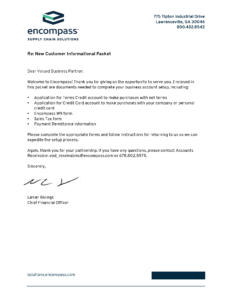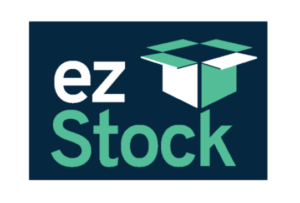Avoiding Kitchen Fails During Holidays
We’ve all been had our share of kitchen fails during the worst times possible — when there’s a house full of people starved for that big holiday meal. While it may be harder to recover from a pack of dogs running off with your turkey (thanks Christmas Story), there are many steps you can take to reduce the chances of having to whip up a meal with ingredients from the closest convenience store. Here are a few:
Clean Oven Well in Advance of Holiday Cooking
If you’re one of the many people who hate even the thought of cleaning an oven and mostly only do it when moving, don’t start now! Malfunctions are likely to happen if an oven’s self-cleaning mode hasn’t been regularly activated.
 A major cleaning should be done at least a couple of months before the holidays whether you’re using the self-cleaning function or regular spray cleaner. Cleaners can leave harsh residues that can take some time to dissipate.
A major cleaning should be done at least a couple of months before the holidays whether you’re using the self-cleaning function or regular spray cleaner. Cleaners can leave harsh residues that can take some time to dissipate.
For an easy, quick cleaning if time has run out, you could opt to just scrape off build up and then wipe down the racks and sides with a wet cloth. To help keep oven cleaning more manageable in the future, consider using heat resistant oven mats. They sit on the floor of the oven to catch food particles and can be cleaned or replaced as needed.
Dishwashers Need Love Too
Unless you want to spend hours washing dishes by hand, your dishwasher is going to be a life saver so show it some love (and minimize problems):
- Follow Detergent Directions – Overfilling the detergent dispenser doesn’t get dishes cleaner, and can damage the inner workings of the dishwasher.
- Discard Large Food Particles – Big chunks of food can clog jets, but…
- Don’t Clean Before Cleaning – Believe it or not, dishes don’t get “extra clean” when you scrub them to perfection before loading. Dishwasher detergent enzymes actually need a little (emphasis on “little”) residue to activate and work properly.
- Jump Start the Heat – Turn on hot water in the sink nearest the dishwasher to help get steaming water going when starting the cycle.
Get That Fridge Organized for Leftover Extravaganzas
Be sure to stock up on reusable plastic or glass (for the eco-conscious) containers ahead of time for inevitable leftovers. If you’re feeling generous and have a lot of food, use freezer bags to send leftovers home with guests.
For less hassle on the big day, clean out your refrigerator in the days before the big meal so it’s easier to store more. Just know that the more you have to store, the less air will flow through the fridge. Also, foods that could go in the freezer but you want ready access to should be placed in the rear of the fridge where the cold air duct is. Food that shouldn’t freeze can be stored closer to the door where air is warmer.
Ice, Ice Baby (couldn’t resist)
Ice is one of those things you’re always sending someone out to get more of. To keep the ice flowing and Uncle Roy happy, consider emptying out the ice compartment a few days ahead of your meal and refill with good, fresh ice. Ice that’s been stagnating in the freezer can easily pick up the taste of anything else stored there. Put the fresh ice into plastic bags to shield it from circulating air and store in the freezer.
Hopefully these tips will help, but when something does go wrong, try not to sweat it. A burnt turkey or shortage of ice cubes won’t ruin time you get to spend with family and friends!


 under warranty. However, while financial considerations are certainly high priority, some businesses and consumers also place value on eco-friendly solutions to minimize the harmful impact of e-waste.
under warranty. However, while financial considerations are certainly high priority, some businesses and consumers also place value on eco-friendly solutions to minimize the harmful impact of e-waste.


 Encompass will soon have a tool to steer you in the right direction!
Encompass will soon have a tool to steer you in the right direction!
